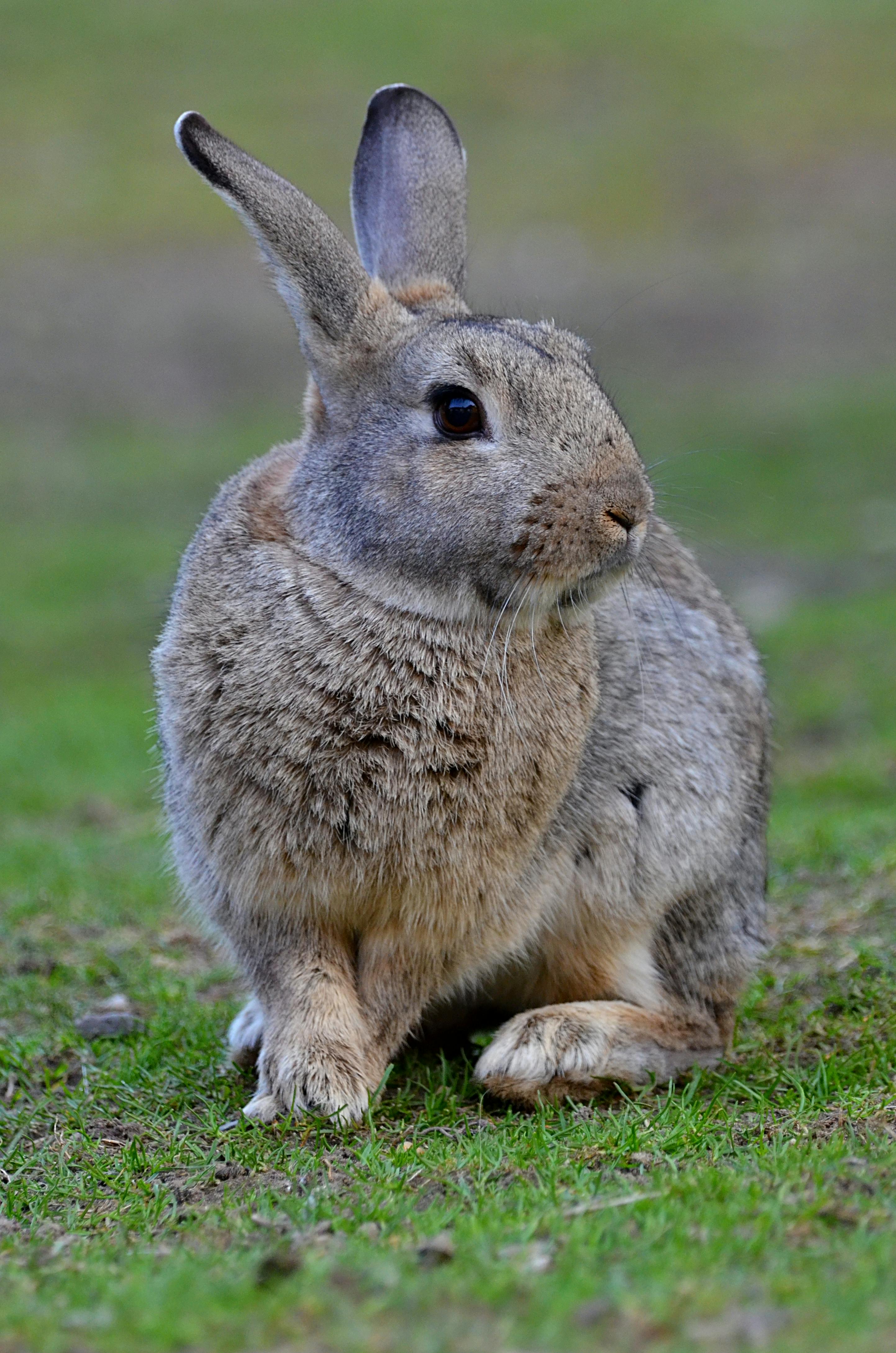Essential Guide to Rabbit Poop Chart for Modern Pet Owners
Understanding rabbit poop is crucial for any savvy pet owner. Rabbit droppings are not just waste; they serve as a window into a rabbit's health and diet. By knowing how to interpret these droppings, you can better care for your pet rabbit and ensure they thrive. This guide will explore various aspects of rabbit feces, including their characteristics, significance in monitoring rabbit health, and practical tips for rabbit care.
Rabbit feces provide vital insights into their digestive system, feeding habits, and overall well-being. Proper knowledge of rabbit waste and its features equips pet owners to ensure their rabbit’s welfare, detailing care tips, diet recommendations, and hygiene practices. Throughout this article, we will provide practical insights and expert recommendations, making it easier for you to maintain a happy and healthy rabbit household.
By the end of this guide, you will have a comprehensive understanding of rabbit droppings, how to assess their health implications, and useful practices that contribute to pet rabbit care.


Characteristics of Rabbit Droppings and Their Importance
Rabbit droppings come in a variety of shapes and sizes, providing important clues about their nutritional intake and health. Typically, healthy rabbit feces are round and firm, resembling small pellets. Understanding the different characteristics of rabbit poop is essential for pet owners who wish to monitor their rabbit's health effectively.
Identifying Healthy Rabbit Droppings
Healthy rabbit droppings have distinct characteristics. Firstly, they are usually uniform in size, about the size of a pea, and exhibit a dark brown color. Variations in size or color may signal dietary issues or health problems. Observing these traits regularly is a vital habit for owners, as it relates directly to a rabbit’s overall well-being.
Differences in Rabbit Poop Color and Size
The color and size of rabbit droppings can show significant variations based on diet and health conditions. For instance, a diet rich in fiber often produces darker, firmer pellets, while an increase in soft feces could indicate a need for more fiber or an upset stomach. Such distinctions can help pet owners gauge their rabbit’s dietary needs.
Impact of Diet on Rabbit Waste
The diet of a rabbit is directly correlated to the characteristics of its droppings. High-quality hay, fresh vegetables, and controlled treats create healthy droppings, while an imbalanced diet may lead to abnormal figures. This emphasizes the need for understanding rabbit nutrition guidelines, as well as the importance of rabbit pellets in maintaining their digestive health.
Monitoring Rabbit Health Through Droppings
Monitoring rabbit droppings is a key part of rabbit health assessments. Dropping analysis can reveal issues related to stress, dietary changes, or potential health problems. Properly identifying deviations in droppings enables proactive management of your rabbit’s well-being.
Recognizing Rabbit Health Issues
Being aware of your rabbit’s usual poop pattern allows you to quickly notice when something seems off. For example, diarrhea or significant changes in feces production can indicate health issues ranging from dietary intolerance to more serious medical conditions. Observing these changes early can lead to better outcomes, as they facilitate swift veterinary care.
Importance of Regular Health Checks
Regular health checks contribute significantly to maintaining your rabbit's well-being. By incorporating fecal assessments into routine check-ups, you can preemptively address potential issues. Discuss with a veterinarian the most suitable schedule for health monitoring, advocating for proactive rabbit care.
The Role of Rabbit Poop in Assessing Diet
Rabbit droppings are more than mere waste; they serve as an important indicator of diet compliance. Analyzing the consistency, amount, and appearance of droppings provides profound insights into dietary adjustments needed for optimal health. Owners should familiarize themselves with how various foods affect rabbit excretion and ensure their furry friend gets the necessary nutrients.
Best Practices for Rabbit Care and Waste Management
Effective waste management is essential for maintaining a clean environment for your rabbit. Implementing best practices in litter training can make a significant difference. Not only does this contribute to a cleaner space, but it also promotes better hygiene and health for your pet.
Rabbit Litter Training Techniques
Litter training a rabbit involves setting up designated areas with appropriate materials. Using paper-based or wood-based products can help absorb waste, keeping your rabbit’s environment clean. Moreover, placing litter boxes in areas where rabbits frequently excrete can encourage them to use these designated spots.
Cleaning Rabbit Waste: Techniques and Tools
Maintaining hygiene is crucial for rabbit health. Regular cleaning of the litter area, usage of pet-safe cleaners, and daily droppings removal help prevent odors and decrease the risk of diseases. Familiarize yourself with the best practices for cleaning, ensuring a healthy environment for your rabbit.
Rabbit Waste in Gardening: Benefits and Eco-Friendly Practices
Rabbit droppings serve as an excellent natural fertilizer. Rich in nutrients, they contribute positively to soil health and can be utilized in gardens, providing a sustainable waste management method. Educating yourself about the benefits of rabbit droppings in gardening fosters an eco-friendly approach to rabbit care and helps minimize waste.
Enhancing Rabbit Well-being Through Diet and Environment
A well-rounded diet and enriched environment are vital for your rabbit’s overall health and happiness. Understanding how to cater to their natural instincts and nutritional needs can enhance the quality of their lives significantly.
Rabbit Diet: Essential Nutritional Strategies
Balancing a rabbit’s diet is crucial for maintaining digestive health. High-fiber hay should constitute the majority of their diet, supplemented with fresh greens and limited pellets. Such a diet ensures optimal rabbit health and supports normal litter behavior. Always consult veterinarians for personalized nutritional advice tailored to your specific rabbit breed.
Creating a Stimulating Environment for Rabbits
Rabbits thrive in environments that allow exploration and play. Offering enrichment activities helps to stimulate their minds while reducing stress levels. Tools like tunnels, toys, and safe chew items can keep your rabbit engaged and promote healthy behaviors, reflecting on their waste production positively.
Monitoring Behavioral Changes Related to Diet
Keep an eye on your rabbit’s behavior patterns, as they often reflect their overall health. A drop in activity levels or changes in litter habits can indicate dietary imbalances or health problems. By staying attuned to behavioral changes, pet owners can take necessary actions quickly.
Conclusion
Understanding rabbit droppings is fundamental for any responsible pet owner. By learning to analyze these droppings, you can monitor your rabbit's health, make informed dietary choices, and ensure an enriching environment. Regular health checks, effective waste management, and proper care practices will contribute to a thriving pet rabbit, leading to a healthy and fulfilling relationship for both owner and pet.
```